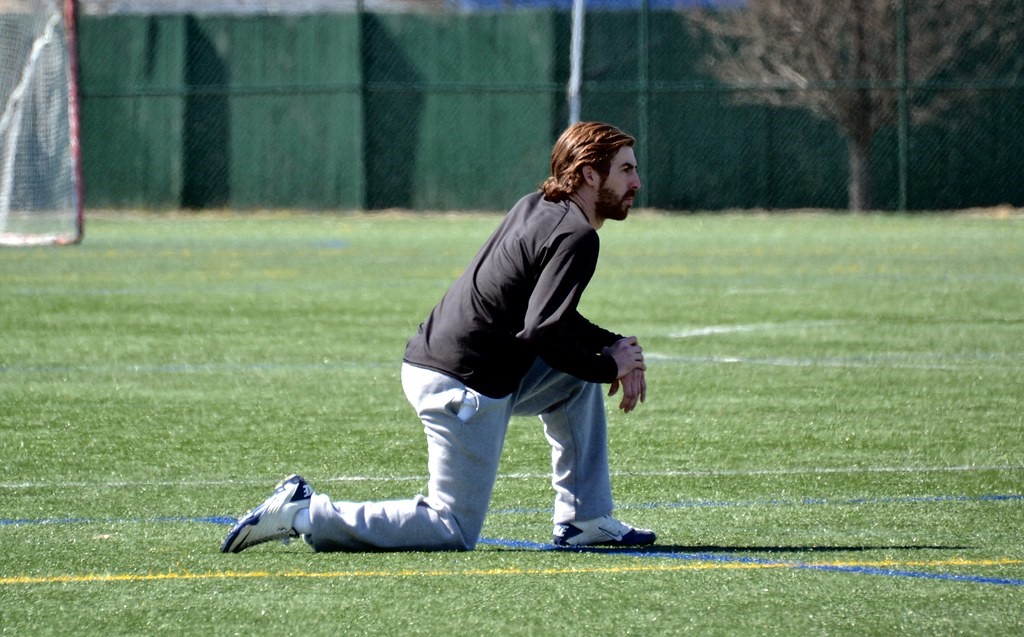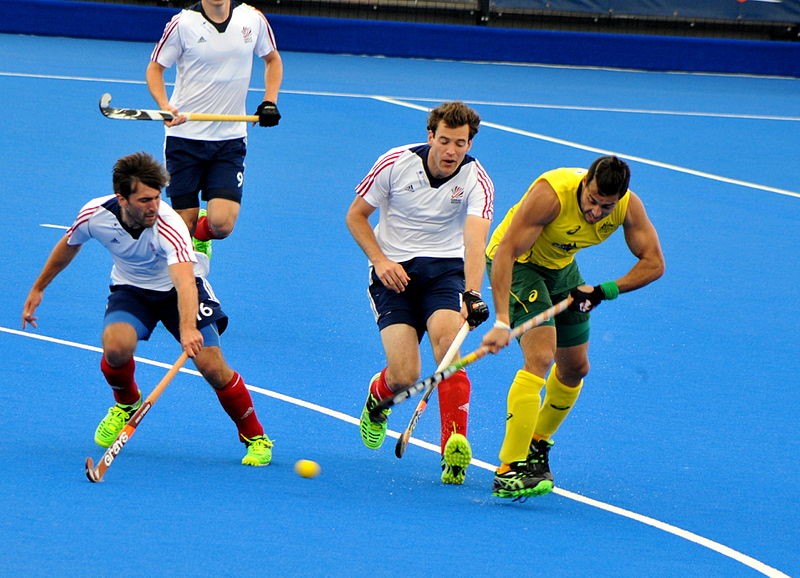Hockey coaches often emphasise how important it is to get a strong start, in practices as well as games.

According to Pete Friesen, the Carolina Hurricanes’ conditioning coach, a solid and dynamic warm-up is essential for a strong start. This involves incorporating movement into each exercise to ensure muscles contract, heart rate elevates and body temperature increases. This will help to deepen your breathing so that your body is ready to compete.
Dynamic warm-ups do not involve the traditional jogging warm-ups or seated stretching. Opting for a more dynamic routine can help to prevent injury, as well as maximising player’s potential for development. For example, the Great Britain Hockey Team train for at least 12 hours each week, alongside a minimum of two gym sessions and individual training on the pitch and the gym.
In hockey, a dynamic warm-up usually involves beginning with the traditional, passive stretching exercises. Afterwards, activate key muscles such as glutes, lower abs and back, as well as the neck and shoulders. Lastly, coaches should concentrate on activities to fire up players’ nervous systems and increase their core temperature. This can include a field hockey drill, such as those listed on https://www.sportplan.net/drills/Hockey/.

Positive encouragement and music can help set a good atmosphere. Music with a strong beat can also help give some rhythm to your warm-up routine. Some specific exercises include Waiters Bow, a stretching exercise focused on engaging the hamstrings by tilting forward and clasping the hands.
Hip bridging is another great exercise which offers multiple benefits. With this exercise, players lay down and engage their glutes, lifting the hips to the ceiling and holding for several breaths before repeating.
Burpees are great for engaging a number of muscles while getting your heart and breathing going. Start in a standing position, and lower your body into a squat, ensuring your feet are shoulder-length apart. Then form a squat and do a single push-up, before kicking your feet forward to return to a squat position. Once you have jumped out of the squat, into the standing position, that is one rep complete. The faster a burpee is performed, the more benefits are gained.
Coaches cannot expect players to start games energised if dynamic warm-ups are not incorporated into training sessions and pre-game plans to maximise player performance and development.